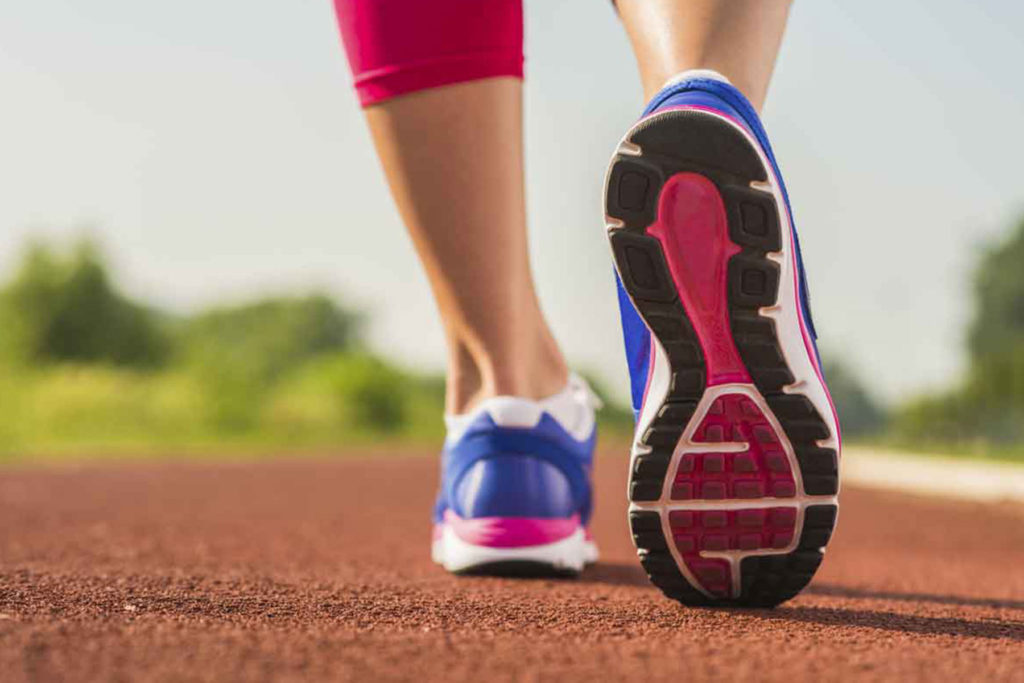Orthotics
Orthotics
 Orthotics (also known as orthotic insoles, shoe inserts, or orthoses) are fabricated inserts worn inside the shoes with the purpose of restoring natural foot function.
Orthotics (also known as orthotic insoles, shoe inserts, or orthoses) are fabricated inserts worn inside the shoes with the purpose of restoring natural foot function.
Orthotics
Starting from the bottom up, proper foot biomechanics are key to correct body movement and function. Dysfunctional joints, muscles, or tendons within the feet, if left unattended, may cause disruption in foot mechanics. This can initiate pain within the feet, which possibly may cause biomechanical compensations resulting in knee, hip, and or low back pain. A solution may involve the use of custom orthotics, made to fit just you.
Why Orthotics
Orthotics (also known as orthotic insoles, shoe inserts, or orthoses) are fabricated inserts worn inside the shoes with the purpose of restoring natural foot function. This is necessary when the natural biomechanical balance of our lower body has been disrupted by over-pronation. The most common form of bad foot biomechanics is over-pronation, which is the dropping of the arches and rolling inwards of the feet and ankles, and affects an estimated 70% of the population. Orthotic insoles correct over-pronation and realign the foot and ankle bones to their neutral position, restoring natural foot function. In turn, this will help alleviate problems not only in the feet, but also in other parts of the body, such as the knees, hips, and lower back.
Causes of Over-Pronation
The fact that so many of us suffer from over-pronation due to fallen arches can be contributed to the hard, flat surfaces we walk on daily. Other factors that play a role include age, weak ankles, and excess body weight. As a result, over-pronation is much more prevalent in people in their fifties and older, and also in overweight persons. Over-pronation doesn’t pose a serious problem in many cases, especially for younger people. However, abnormal foot function caused by over-pronation can lead to serious foot problems like heel pain, heel spurs, plantar fasciitis, metatarsalgia – even knee pain and lower back pain in some instances.
Regular shoe inserts vs Orthotics
There’s a significant difference between regular insoles and orthotics. Regular insoles are purely designed to provide a cushioning effect and shock absorption. They may feel comfortable at first, however they do not address any biomechanical problems, i.e. they are not designed to correct over-pronation. On the other hand, orthotics are a functional device, designed to correct and optimize our foot function. Some insoles also feature an arch support, however they tend to be mostly made of soft materials. As a result, the support they provide is often too weak to have any effect.
Does extended insurance cover the treatment?
Yes. WSIB and most insurance providers will recognize orthotics as an insurable intervention if prescribed and manufactured by a primary health care provider. A receipt will be issued to you at the end of each treatment. If you don’t have an extended health care plan, save your receipts for income tax purposes.